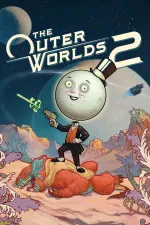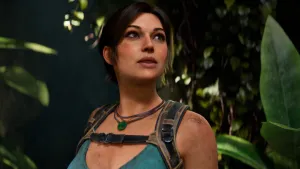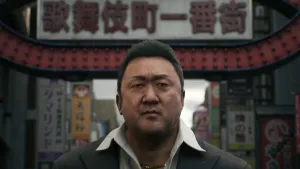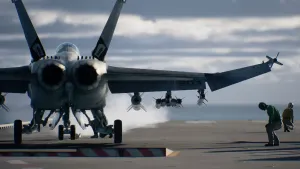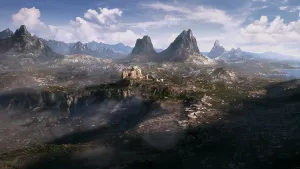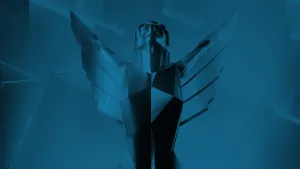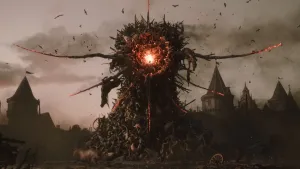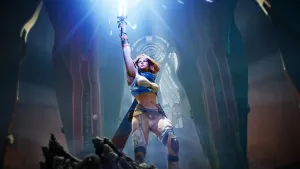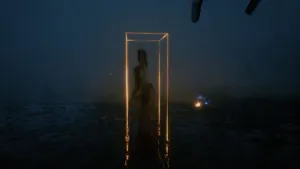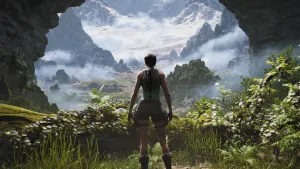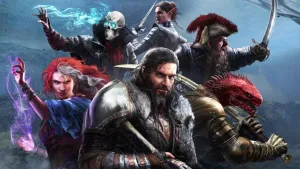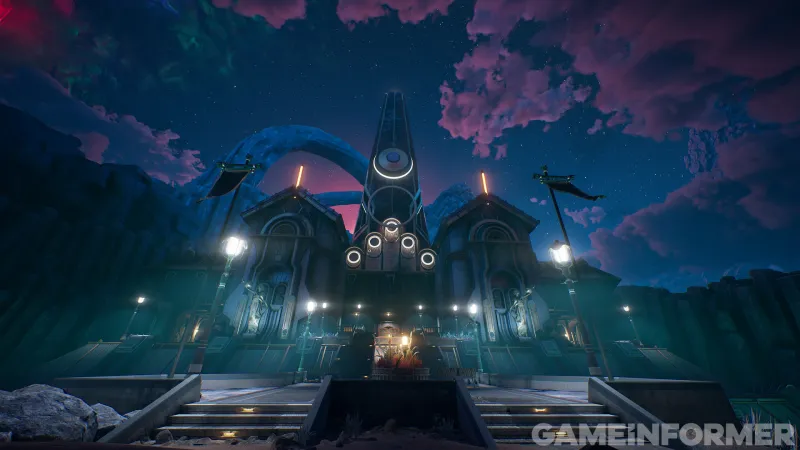

Obsidian Entertainment On The Lessons Learned From The Outer Worlds
The launch of The Outer Worlds 2 is right around the corner – it hits PlayStation 5, Xbox Series X/S, and PC on October 29 (or on October 24 if you buy the more expensive Premium Edition). Ahead of that launch, and as part of Game Informer's cover story coverage for the game, we spoke to Obsidian Entertainment about the lessons it learned from the first Outer Worlds that it applied to developing this sequel.
The biggest takeaway is that even before the release of The Outer Worlds, Obsidian knew that if it were to create a sequel, it wanted to go bigger in every way. Director Brandon Adler tells us, "The cool part about the reaction [to the first game] was people were really kind of enthusiastic about the world and the IP itself [and] that naturally lends itself to people wanting a sequel.
"When they're talking about it, they want more. When we did user research, when we talked to people, what came back was the biggest – I wouldn't call it a complaint – but the biggest things they wanted from future products were to make bigger areas, 'make more stuff for us. We want to experience more of this, we want a little more gameplay length.' And so those were easy things for us to target as we were kind of going through it all."
Adler continues, explaining that even before The Outer Worlds launched in 2019, Obsidian had a large list of things it wanted to do in a sequel. He says, "We wanted to allow for more reactivity towards either the player builds or things that were going on, in terms of role-playing things. And so for me personally, it was very important that we have very detailed, not only character creation, but character progression, as you're going through the game. That goes for our perks, our flaws, everything else you can build around your characters, and that's really important to find those cool and fun combinations and ways to role-play your character." Adler says it's not enough to have a few gameplay effects in combat and dialogue based on your build – Obsidian wants the whole world reacting to you.
He says The Outer Worlds 2 will constantly be checking your RPG stats, whether that's skills, perks, your background, items held, equipment you have, and information you've discovered. "We started from the beginning, making sure we hit really, really hard on those things, and I think we've done a really good job of making that work throughout the entire process."
Creative director Leonard Boyarsky responded by explaining that the lack of restrictions in The Outer Worlds 2, compared to the first game, is a big highlight.
"I keep going back to, unfortunately, on the base game, we were very restricted in what we could do," he says. "We can't have a decision you make cut off 10% of the game when the game's 20 to 30 hours long. That's just not going to happen, but we couldn't make a much bigger game because of where we're at. We were like, 'If we do a sequel, we know it needs to be bigger. We know we need to go back to our roots in terms of deeper RPG reactivity.' So we had all these things we couldn't do in the base game that we were just waiting to tackle in this next one."

Boyarsky remembers discussing what the team wants to do next when diving into The Outer Worlds 2 development and how easy the conversation went because Obsidian already had a laundry list of things it couldn't do in the first game it wanted to do.
Adler chimes in to say that's why working on a sequel is easier in a lot of ways. "We have a base, we know what the tone of the game should be, we know basic stuff, like how to build out a level and what the player's going to be doing in them," he says. "We don't have to spend a lot of time prototyping, [so] we can instead spend a lot of our time looking at where we were, where we want to be, and figuring out how to bridge that gap."
Boyarsky agrees with Adler, noting that the first game was harder because he and co-creator Tim Cain had to create the vision and tone of the universe. With that established, it no longer has to point to other properties or references to help people understand what this series is – it can point right to the first game.
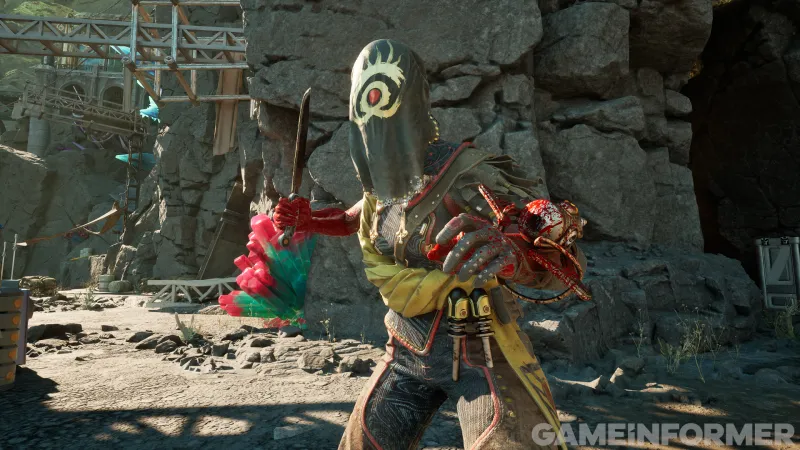
As Obsidian prepares for The Outer Worlds 2 to be in people's hands this month, Game Informer asked Boyarsky and Adler about their thoughts on the reception to the first game. Boyarsky says he was really hopeful that people would like The Outer Worlds, but also concerned because of its size compared to other Obsidian games. "I knew one of our goals was to ship a really polished game, which, when making a hardcore RPG, can be very difficult at times; to get that polish when you have so many paths through.
"Some people were a little bit disappointed in the length or some of the lack of complexity that they associate with Obsidian games in the past, but there was a huge outpouring of love and appreciation for the game, just for what it was, and that was really heartening. I really was thinking it was going to live or die on our writing and our characters and a lot that Obsidian is known for, and people seemed to respond to that stuff really well, so it was a great reaction for us."
Though Adler didn't work on The Outer Worlds, he says he's always naturally pessimistic about any game's release because it's impossible to ignore the things he couldn't do or fix in time. "We always think, 'Oh my gosh, it's the worst game in the world, how could anybody ever love this thing?' and then it comes out and you get this huge outpouring of love, and then you think, 'Oh that's right, we know how to make good [games]."
Game Informer's cover story for The Outer Worlds 2 is available to read right now if you're a subscriber (and this issue is shipping to mailboxes as we speak). For more, check out this list of 8 fun facts about The Outer Worlds 2's first biome, Paradise Island, and then check out this exclusive gameplay segment showcasing Paradise Island. After that, read about how there are pets (that you can pet) in The Outer Worlds 2, and then check out this story about how third-person gameplay made its way into The Outer Worlds 2. Before heading into The Outer Worlds 2, read up on Game Informer's story about whether or not the first game's endings matter in the sequel.
What's the biggest lesson you hoped Obsidian learned from The Outer Worlds? Let us know in the comments below!
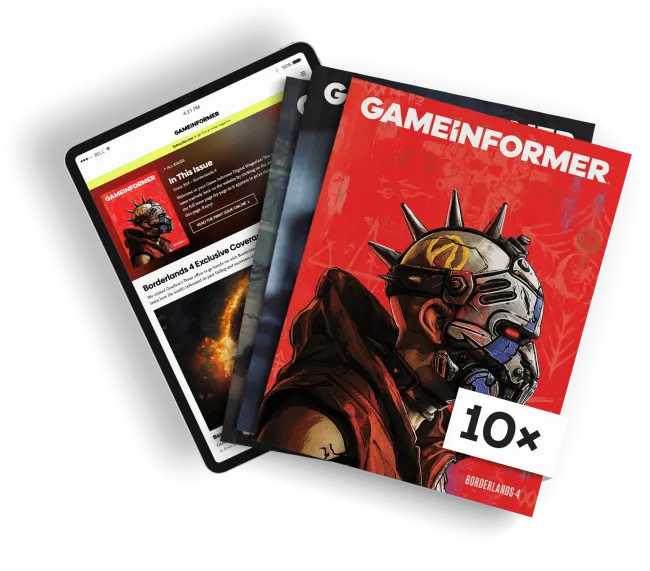
Get the Game Informer Print Edition!
Explore your favorite games in premium print format, delivered to your door.
- 10 issues per year
- Only $4.80 per issue
- Full digital magazine archive access
- Since 1991
